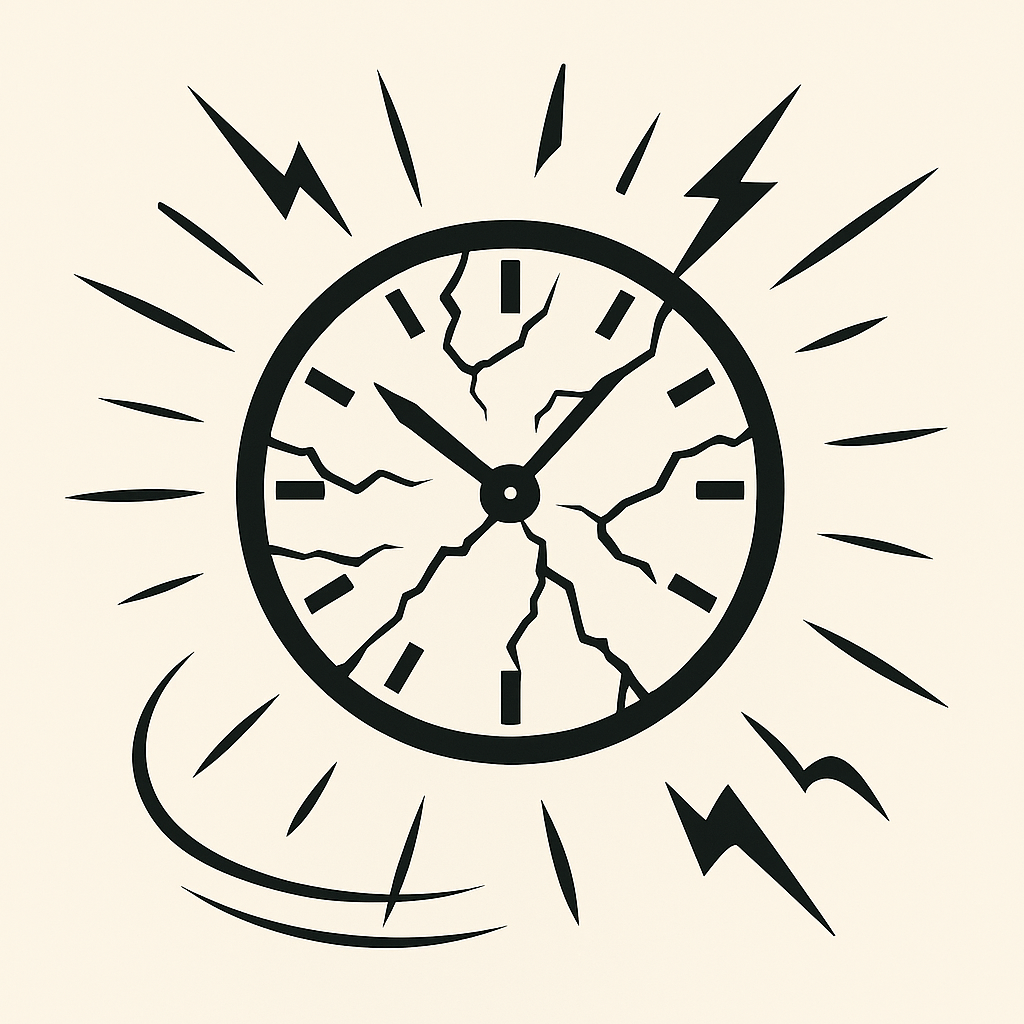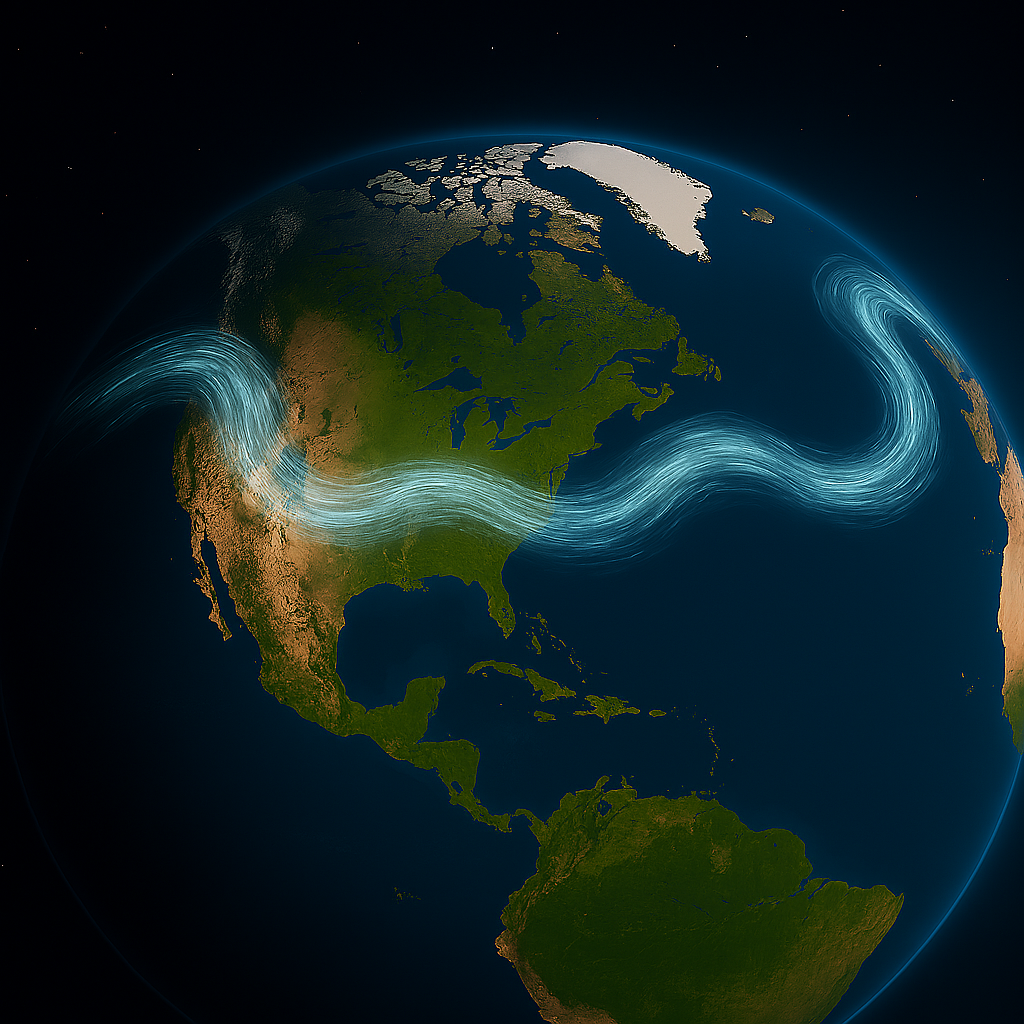If you have not already read “Apocalyptic Clarification“, please take one minute to do so before continuing.
This all makes more sense if you read the series in order. Here is the first post in the series.
(Blog Post 2 in the Nuclear War Survival Series)
Why Location Matters
In a nuclear event, geography can be the difference between survival and devastation. Strategic relocation isn’t about panic—it’s about positioning yourself wisely, both physically and spiritually.
Target Zones vs. Safe Zones

Likely Target Zones:
- Major cities with political or economic significance
- Military bases and strategic infrastructure
- Nuclear power plants or symbolic landmarks
- Airports with Extended length runways
Safer Zones:
- Rural areas away from prevailing wind paths
- Regions with natural shielding (mountains, forests)
- Communities with low strategic value but strong local resilience
Use maps, wind data, and terrain analysis—not fear—to guide your decisions.
Understanding Wind Patterns
Fallout travels with the wind. Knowing your region’s prevailing wind direction helps you assess risk:
- Westerlies dominate much of North America—fallout from coastal strikes will drift inland.
- Mountain ranges can deflect (inversions) or concentrate (vortices) fallout zones.
- Valleys may trap radioactive particles longer, and some valleys will naturally repel fallout. Does your valley trap chimney smoke? This is an air inversion and can afford additional geo-protection from fallout.
A simple wind map can reveal whether your location is downstream from likely targets.
Terrain and Shelter Potential
When evaluating relocation options, consider:
- Elevation: Higher ground may reduce fallout density.
- Soil type: Clay and dense earth offer better shielding.
- Water access: Springs and wells are safer than surface water post-blast.
Think of terrain not just as geography—but as metaphor. Where do you stand when the world shakes?
The Jet Stream: North America’s High-Altitude Conveyor
Let us not forget the most important wind pattern in North America, the Jet Stream. The heavier debris falls back to Earth within 100 miles of the detonation. Still, the lighter debris/fallout that rises at least 30,000 feet altitude into the atmosphere will ultimately travel east across the northernmost part of the United States. I predict that the fallout from Seattle, San Francisco, Sacramento, Portland, Reno, Spokane, Salt Lake City, and Denver, will ultimately end up in the jet stream, heading east over the Dakotas and the Great Lakes.

Above the surface winds lies a powerful force: the Jet Stream.
This high-altitude current—especially the Polar Jet Stream—can carry radioactive particles thousands of miles across the continent, even circling the globe many times. It flows west to east, often dipping southward during colder months, pulling fallout from northern strikes deep into the heartland.
- Speed: Often exceeds 100–200 mph
- Altitude: Typically 30,000–39,000 feet
- Impact: Can override surface wind predictions, especially in mountainous or high-elevation regions
Strategic relocation must account not just for surface winds, but for this upper-level conveyor that redraws fallout maps for real.
Spiritual Significance: Fleeing Babylon
In prophetic language, relocation is often symbolic:
- Lot fled Sodom
- Abraham fled Ur
- The Israelites left Egypt
- The faithful are called to “come out of Babylon”
- Jesus Christ admonished, “Flee to the Mountains”
Strategic relocation is not abandonment—it’s alignment. It’s choosing clarity over chaos, preparation over paralysis.
Practical Tips
- Research your region’s nuclear risk profile
- Identify nearby military installations or reactors
- Consider temporary relocation if tensions rise
- Build community with others who share your values and preparedness mindset
There is a great resource regarding Nuclear War Survival on Facebook that I recommend you visit. You can download the Nuclear War Survival Handbook there also. You should do this. Because you are smart!
What’s Next?
In Chapter 3, we’ll explore Immediate Response Protocols—what to do in the first 10 minutes after a blast. It’s not just about survival—it’s about clarity in chaos.
